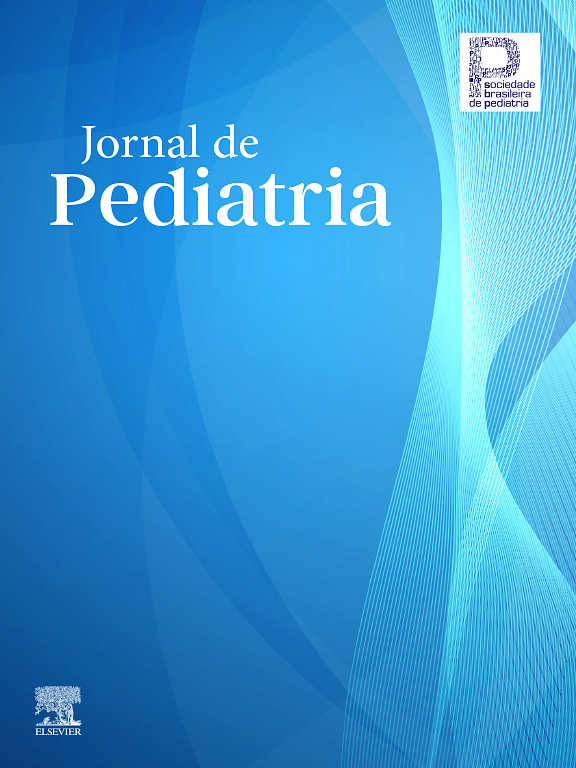The present study describes a first attempt in Brazil to establish a nutrition surveillance system based on the systematic collection of the height of children entering the first grade of primary school. The strategy used recognized the School Discrict as the nuclear institution to operate the system. A quality control system showed that trained people were able to collect anthropometric data with margin of error compatible with the purposes of the system. Costs were low, around 30 cents of US dollar per child examined, and they can be further reduced since the system is operated in large scale.
The Impact Factor measures the average number of citations received in a particular year by papers published in the journal during the two preceding years.
© Clarivate Analytics, Journal Citation Reports 2025
SRJ is a prestige metric based on the idea that not all citations are the same. SJR uses a similar algorithm as the Google page rank; it provides a quantitative and qualitative measure of the journal's impact.
See moreSNIP measures contextual citation impact by wighting citations based on the total number of citations in a subject field.
See more







